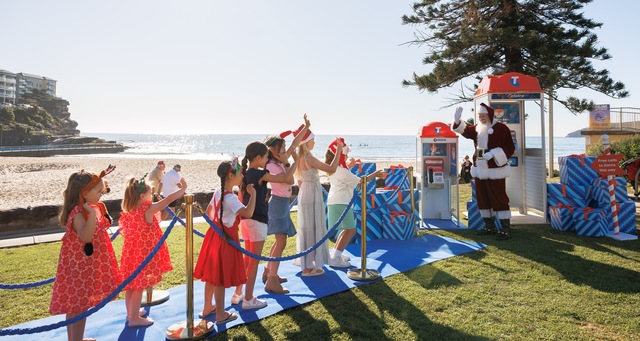Bridge to Terabithia, by renowned American author Katherine Paterson, was published in 1977.
The classic middle-grade novel won a Newbery Medal in 1978, a literary award presented to the author of “the most distinguished contribution to American literature for children”.
The book tells the story of ten-year-old Jess, a fifth-grader from a poor rural family who loves running and drawing.
As the only male child at home, with four demanding sisters and a father who is strict and often away working, he feels ignored and isolated.
But life takes an unexpected turn when Jess befriends his new neighbour Leslie, an only child and tomboy from a wealthy family whose vivid imagination makes reading and writing an absolute delight.
Together they explore the woods and invent an enchanted land called Terabithia, making themselves the king and queen of the hidden land and their pet dog Prince Terrien.
To enter Terabithia is only by swinging over the creek bed on an old rope.
The magical kingdom is the source of many thrilling adventures.
It is here that, like the children in C.S. Lewis’s The Chronicles of Narnia, Jess and Leslie find vision and strength and learn much about beauty, courage, and caring.
Until tragedy strikes, that is.
The book deals with the themes of love and friendship, of finding inspiration and joy in the seemingly ordinary and mundane.
There are also the themes of death and grief, with the author gently conveying the message of learning how to accept and express grief, instead of merely enduring adversity in the name of “resilience” and “perseverance”.
This is particularly important for children, who often lack sufficient vocabulary and skills to channel intense and complex emotions such as fear, anguish, guilt and shame.
Instead of telling readers what Jess feels, the author subtly yet effectively lets him express his feelings, without trying to gloss over or dramatise anything.
Jesse and Leslie are wonderful characters that resonate with readers of all ages, and it is hard not to shed a tear or two while questioning why the book ends the way it does.
Despite the heartwrenching plot, however, the theme of building bridges is poignant and uplifting – not just for healing, but also for connection and understanding, pushing boundaries and reaching beyond.
As the author remarked in her Newbery Medal Acceptance Speech: “You don’t put together a bridge for a child. You become one – you lay yourself across the chasm… The very valley where evil and despair defeat us can become a gate of hope – if there is a bridge.”
This reviewer would highly recommend parents pick up this book and read it together with their children.







